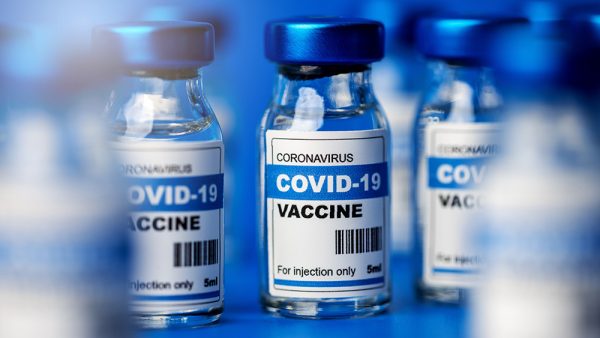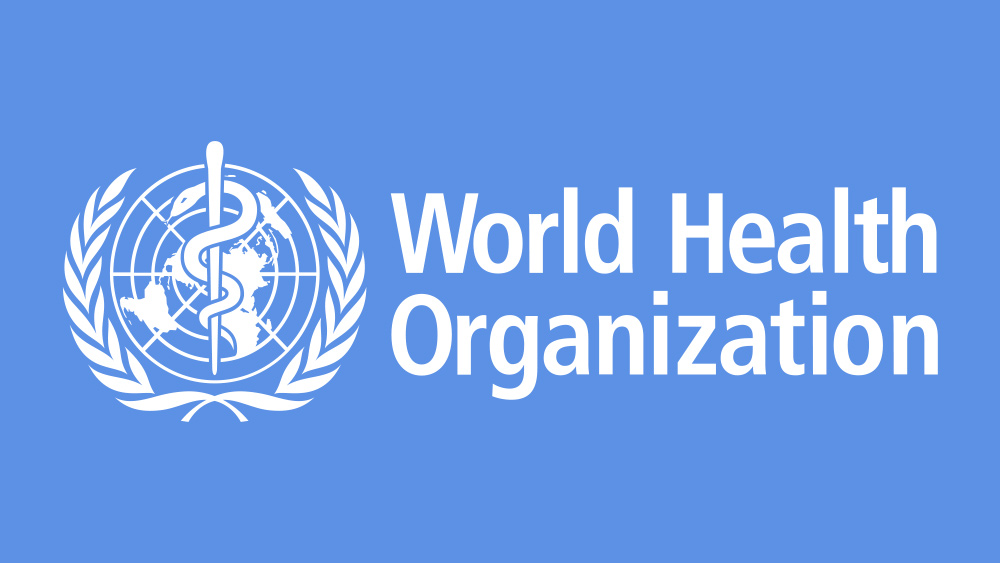 Parler
Parler Gab
Gab
- Patterns of abdominal fat accumulation in children from birth to age 10 can predict early cardiovascular and metabolic dysfunction, with rising waist-to-height ratios linked to elevated disease markers by elementary school.
- The study identified three trajectories — two-thirds of children had stable measurements, but 15% with a "slow-rising" ratio showed high blood pressure, insulin resistance and inflammation, while 18% with a "rising-and-stabilizing" pattern had moderate risks.
- Waist-to-height ratio is a better predictor of metabolic risks than BMI, as it directly measures dangerous abdominal fat, which correlates strongly with future heart disease and diabetes.
- Childhood obesity is no longer seen as harmless; early fat patterns are now recognized as critical health indicators, with modern lifestyles accelerating metabolic dysfunction in kids.
- The study urges integrating waist-to-height measurements into pediatric care, promoting parental education on diet/activity and prioritizing early intervention to prevent lifelong disease risks.
Patterns of obesity and health impacts: Three groups, varying risks
The research, led by Dr. David Horner of the University of Copenhagen, identified distinct growth trajectories in children’s waist-to-height ratios—the ratio of waist circumference to height. Of the 700 children tracked from infancy through age 10, two-thirds fell into a stable group with consistent measurements. However, two smaller groups faced heightened risks:- A “slow-rising” cohort (15%), whose waist-to-height ratios steadily increased over time, showed significantly elevated blood pressure, insulin resistance and inflammation markers by age 10.
- A “rising-and-stabilizing” cohort (18%) had moderate risks, including lower blood sugar control but slightly higher cardiovascular markers.
Why waist-to-height matter over BMI: A simpler, more reliable metric
Traditional metrics like body mass index (BMI) have long dominated pediatric health assessments, but the study argues that waist-to-height ratio is a superior predictor of central obesity—the dangerous fat around the abdominal organs that increases heart disease and diabetes risk. “Current belly fat levels at age 10 best explain these health differences,” Dr. Horner emphasized, adding that even slow accumulation of abdominal fat over childhood correlated tightly with metabolic danger. The data suggests clinicians should prioritize measuring waist circumference alongside height, as the ratio identifies health risks BMI often misses. “This simple tool could revolutionize how we screen, enabling early prevention,” said the lead researcher. For instance, a child at 10 with an excessive waist measurement may need interventions targeting diet, activity, or lifestyle far sooner than previously thought.Shifting perceptions of “baby fat” and modern risks
For decades, “baby fat” was considered harmless, a temporary phase before growth spurts. However, a growing body of research, including this study, reveals that early fat patterns are no longer benign. “We’re transitioning from viewing childhood obesity as a cosmetic issue to recognizing it as a critical health milestone,” Dr. Horner noted. Historical milestones include the 2007 U.S. consensus statement linking pediatric obesity to adult disease risk and the 2010 global rise of childhood diabetes cases. Today, experts warn that the rise in sedentary lifestyles, processed foods, and screen time has accelerated metabolic dysfunction in young bodies. The study aligns with findings from the American Heart Association, which states obesity in childhood increases heart disease risk by adolescence.Prevention strategies and clinical implications
The study’s findings demand actionable steps. While traditional interventions like balanced nutrition and exercise remain foundational, the research urges earlier detection:- Healthcare shift: Clinicians should integrate waist-to-height measurements into routine pediatric visits, alongside tracking BMI.
- Parental education: Families can monitor waist circumference trends without excessive scrutiny, while advocating for active play, reduced screen time, and limited sugar and processed foods.
- Research priorities: Dr. Horner’s team plans to analyze blood samples to pinpoint biological mechanisms and validate the study’s clinical implications in diverse populations.
A call to redefine early prevention
The study reframes how society views childhood health, positioning central obesity not as an inevitable part of growing up but an urgent call to action. By age 10, key pathways to lifelong disease may have already been set in motion — a insight that could save lives. The study’s global relevance, though conducted in Denmark, resonates worldwide, with obesity rates rising across all regions. As Dr. Horner stressed, “The battle for heart health may be won or lost by the age of 10. Now is the time to act.” Sources for this article include: StudyFinds.org EurekaAlert.org CHOA.orgNew Antarctic study reveals Medieval Warm Period had far less sea ice than today
By Willow Tohi // Share
New study links mRNA vaccines to long-term thyroid risks, igniting safety debate
By Willow Tohi // Share
Regeneron acquires 23andMe for $256 million, sparking privacy concerns over genetic data
By Ramon Tomey // Share
Governments continue to obscure COVID-19 vaccine data amid rising concerns over excess deaths
By patricklewis // Share
Tech giant Microsoft backs EXTINCTION with its support of carbon capture programs
By ramontomeydw // Share
Germany to resume arms exports to Israel despite repeated ceasefire violations
By isabelle // Share










